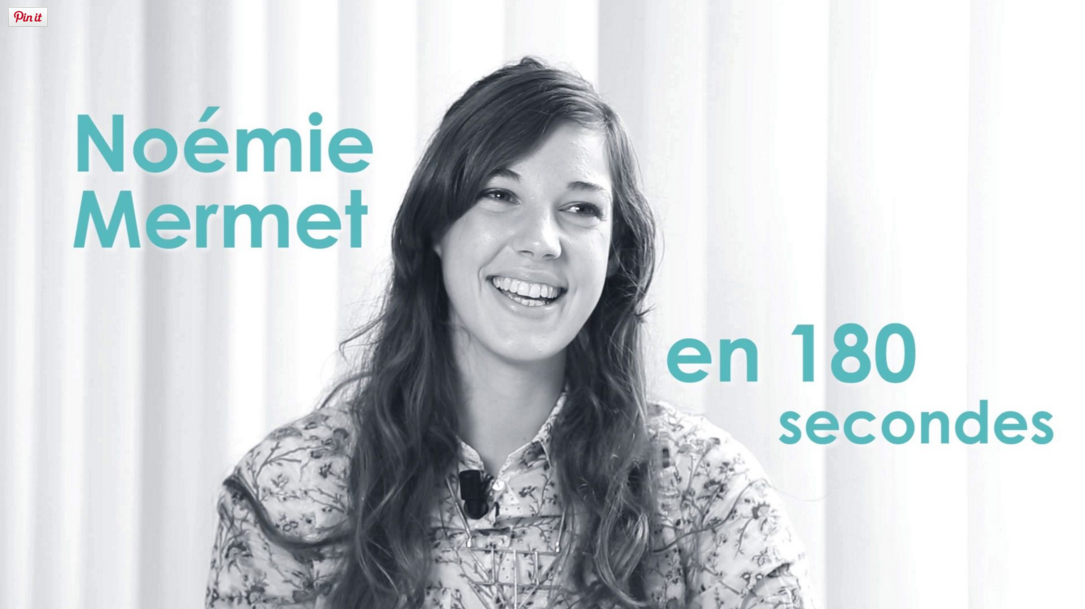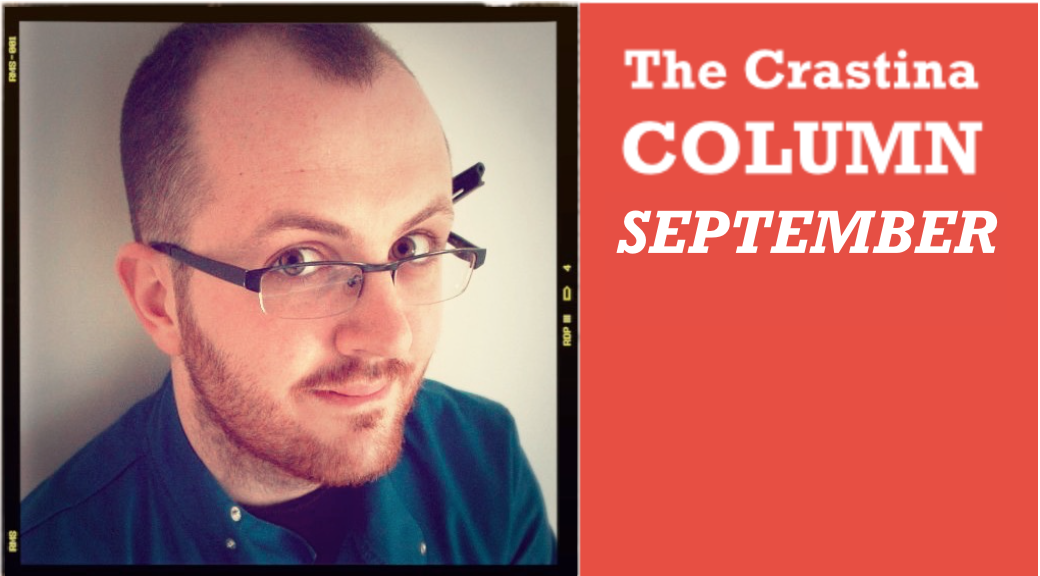
How to be convincing in three minutes
Noëmie Mermet, neuroscientist and PhD student at l’Université d’Auvergne, won the last year’s edition of Ma thèse en 180 secondes. Here she gives her advice, based on neuroscience, to all the three minute speakers out there.

Med school candyman plays around with body parts
Mike McCormick, a 2nd year Medical Student at the University of Glasgow, started to play around with candy to learn anatomy, shared some stuff with his friends – and soon had thousands of followers.

The Ensonglopedia of Science (AKA Songs About Science (AKA @ensonglopedia))
”What better way to appreciate the world of science than to listen to songs about it?” The anonymous twitterer behind Songs About Science guides us through a song genre which is very different to the stuff they are playing on the radio.

GapSummit 2016—a top notch networking forum for biotech people
Applications for GapSummit 2016 are now open —“Global Biotech Revolution’s flagship conference”. Alise Molotova from GBR explains why this will be a place where current and forthcoming trailblazers of the biotech world gather to shape the future – and also sharpen their networking and communication skills.

Designing better graphs, part 2: Bar charts — simple but effective
In science, engineering and health communication data are often displayed through charts. The choice of the graphic form is far from rigid. For example, to show a percentage one can use both a pie chart and a bar chart. The choice depends on…

Felix Breyer — cell signalling student, handball player & coach
Felix Breyer, who studies cell signalling in Dundee, is passionate about handball. Apart from being a top-level player he has also spent innumerable hours as leader and organiser.

Science communication is no joke. But it should be (Dean Burnett, September 2015)
Some people in the scientific community think that humour shouldn’t be involved in communicating science. Here, Dr. Dean Burnett—who is a neuroscientist, stand-up comedian and belongs to the blog team of The Guardian–explains why they are wrong.

